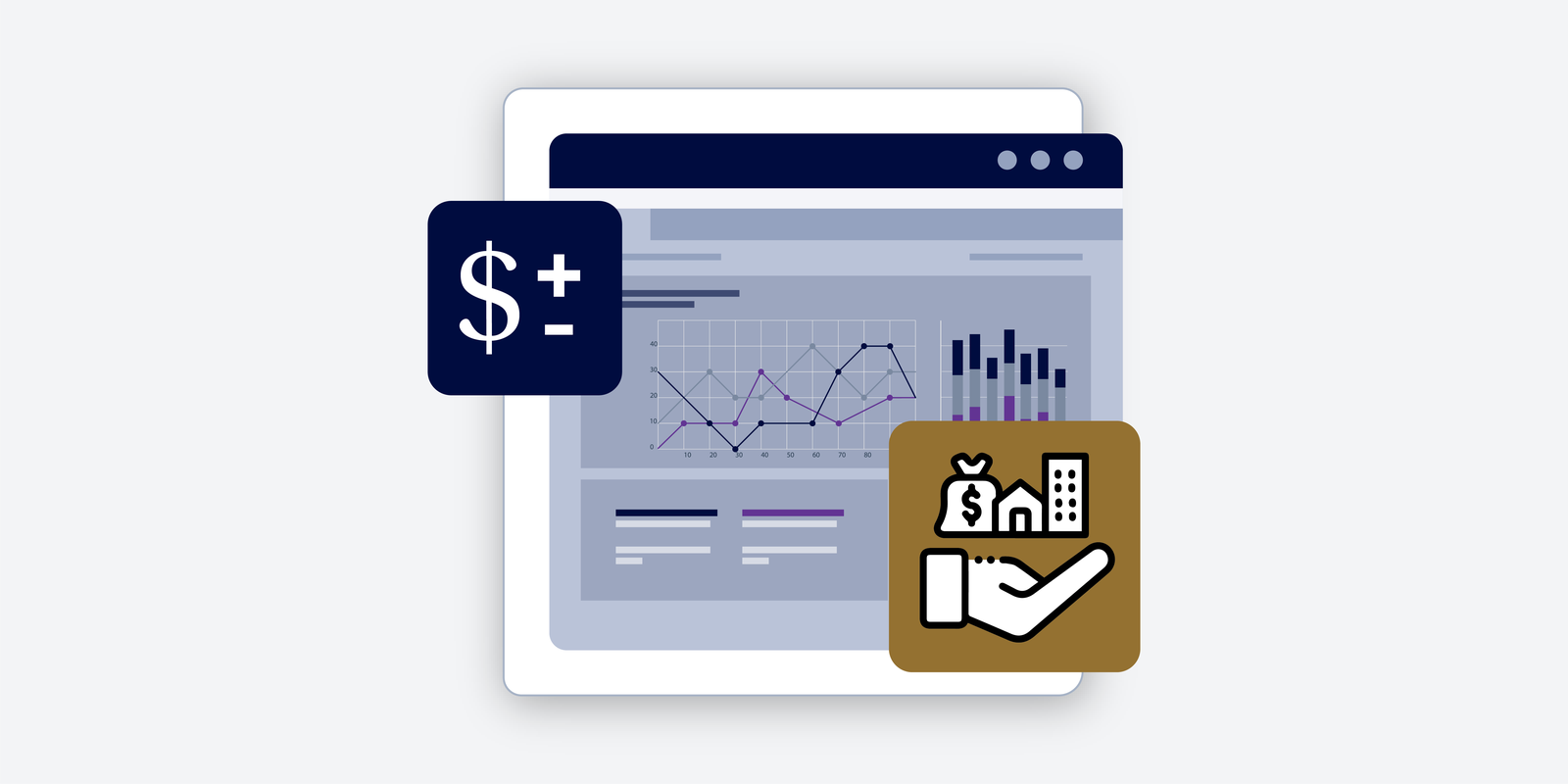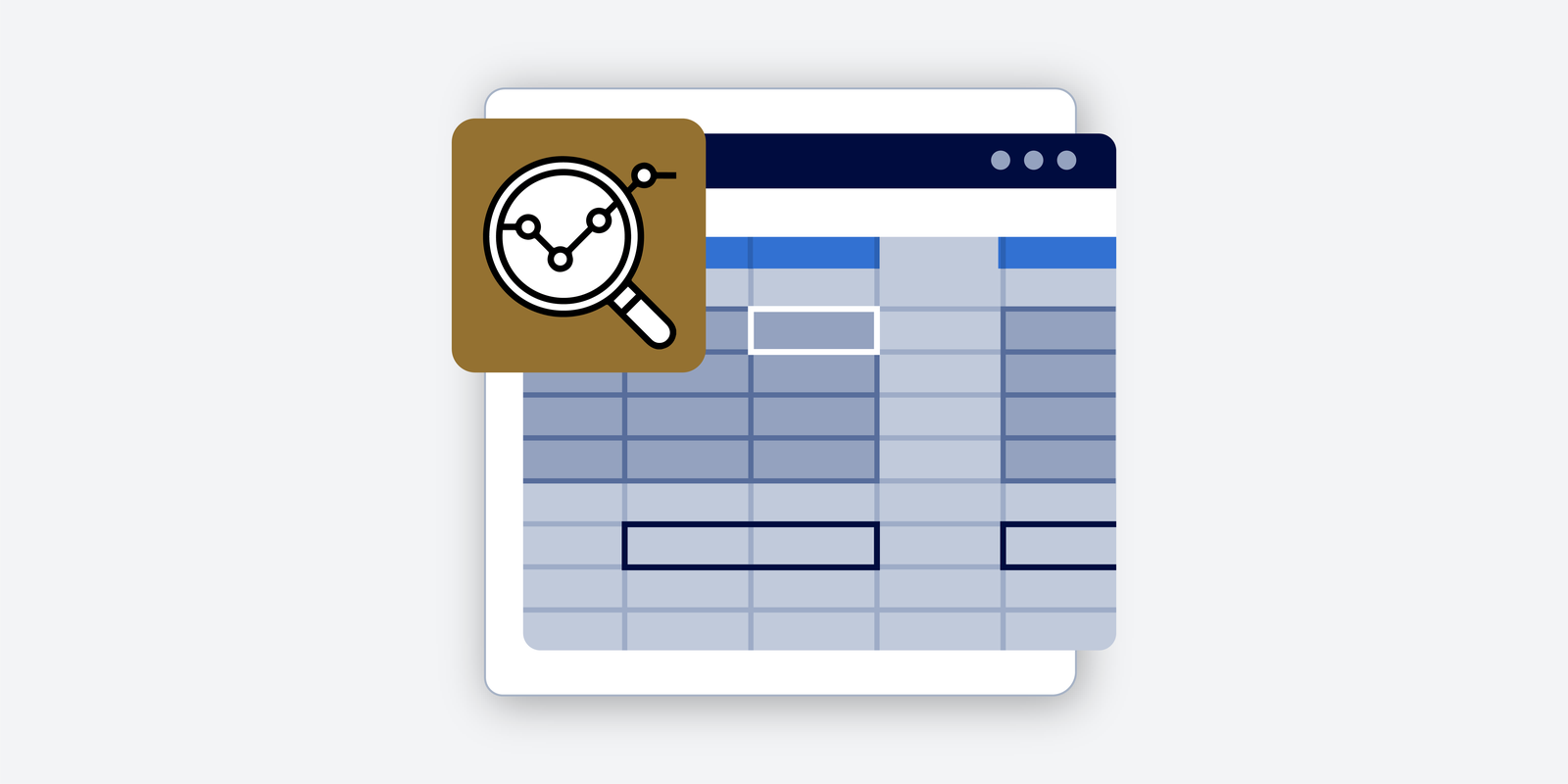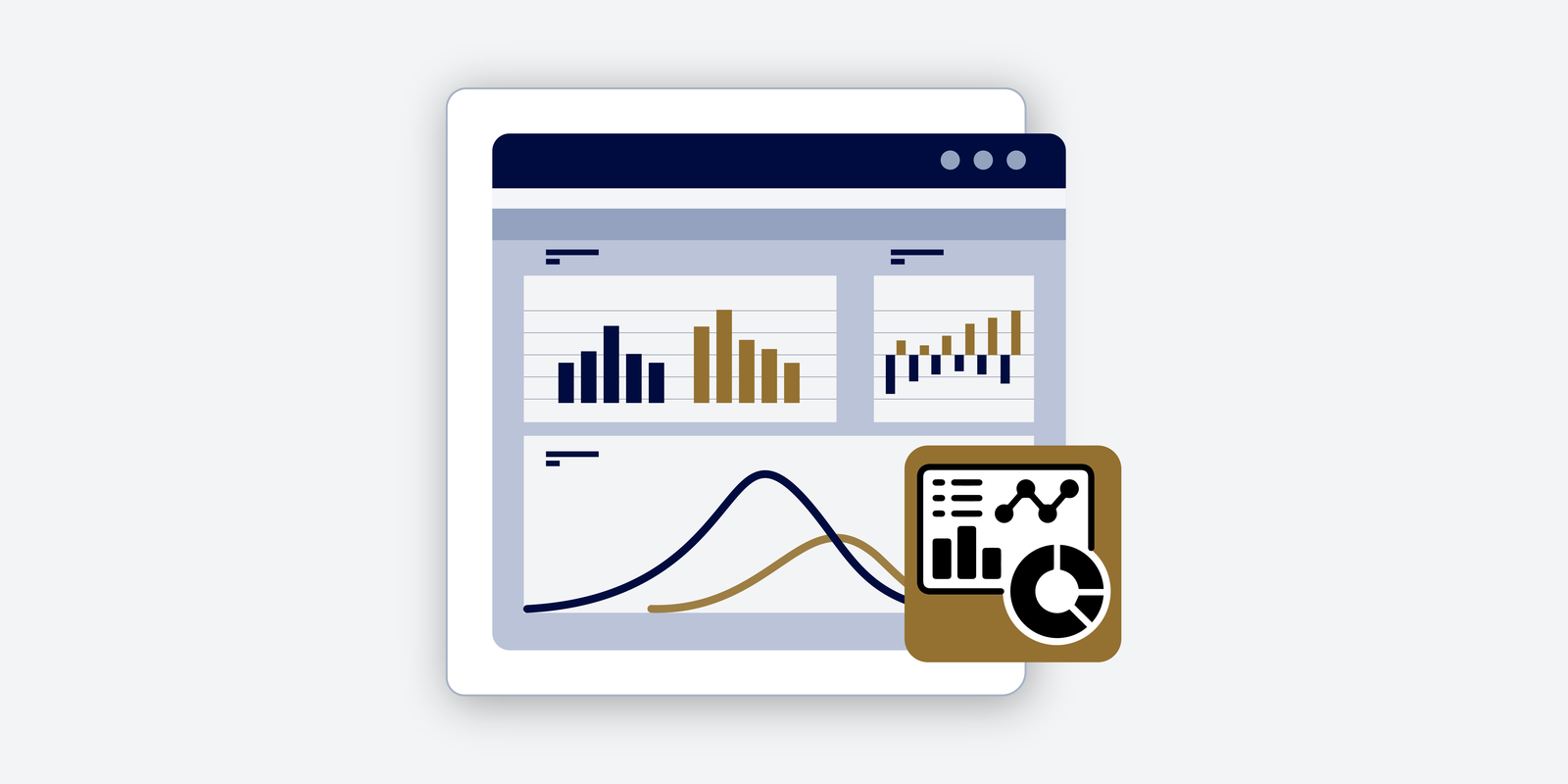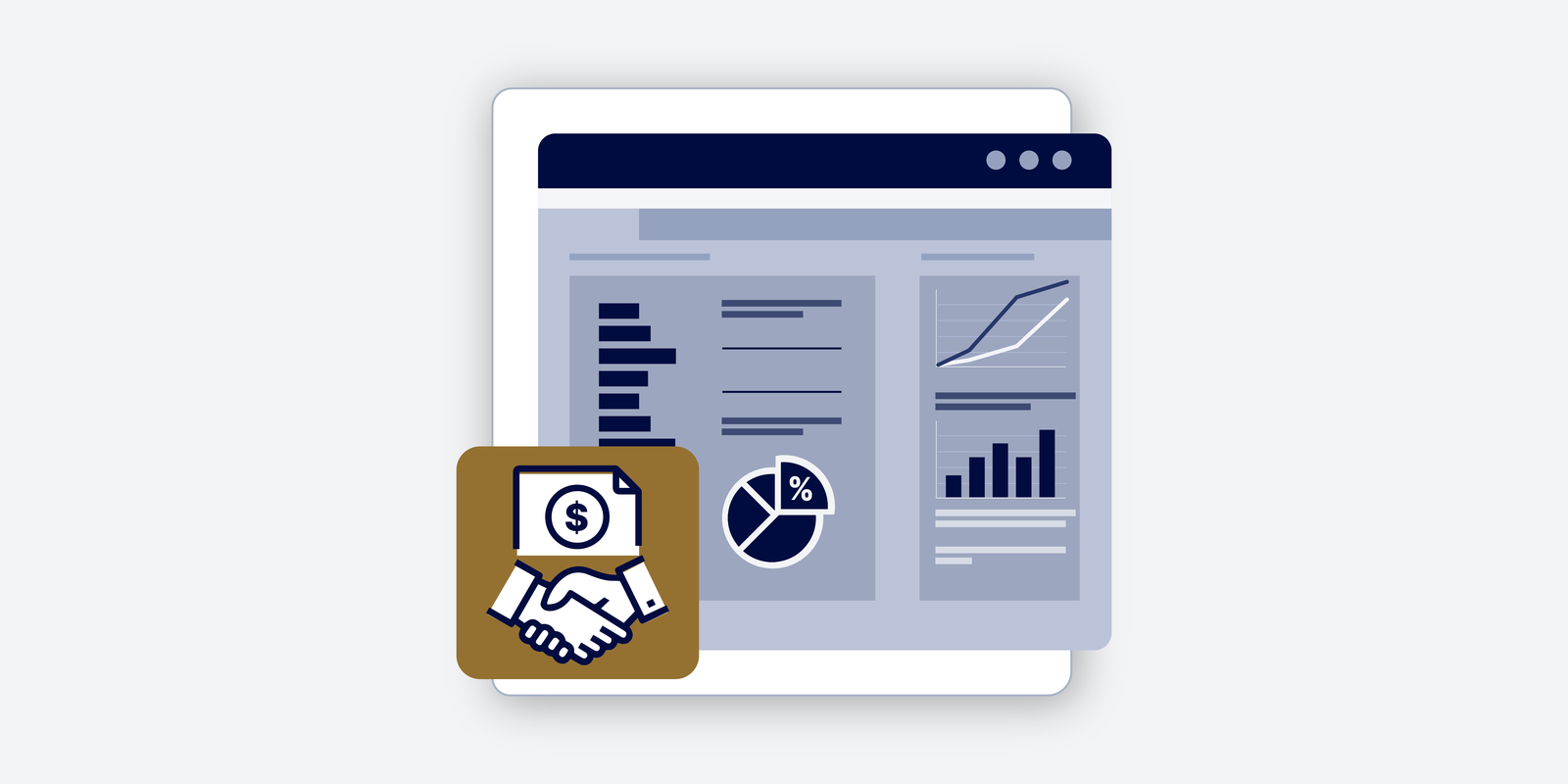Historical Returns
What are Historical Returns? The historical return of a financial asset, such as a bond, stock, security, index, or fund, is its past rate of return and performance. The historical data is commonly used in financial analysis to project future returns or determine what variables may impact future returns and the extent to which the…
Harvest Strategy
What is a Harvest Strategy? A harvest strategy is a calculated decision to minimize all types of spending on a specific product to maximize profitability, despite a potential decline in market share. A harvesting strategy can be developed for product or business lines and serves as an “exit” plan should a product become outdated. Harvesting…
Random Sampling
What is Random Sampling? Random sampling, or probability sampling, is a sampling method that allows for the randomization of sample selection, i.e., each sample has the same probability as other samples to be selected to serve as a representation of an entire population. Random sampling is considered one of the most popular and simple data…
Lognormal Distribution
What is Lognormal Distribution? A lognormal distribution is common in statistics and probability theory. Lognormal distribution is also known as the Galton or Galton’s distribution, being named after Francis Galton, a statistician during the English Victorian Era. By definition, the lognormal distribution is the discrete and ongoing distribution of a random variable, the logarithm of…
Key Money
Key Employee
What is a Key Employee? A key employee in an organization is an individual with ownership in the organization and/or who has an influence on decisions made in the organization. Key employees are typically well-remunerated and are considered to be stakeholders in the running of an organization. Other words or phrases for key employees are…
Hit the Bid
What is Hit the Bid? The phrase “hit the bid” is a colloquial expression commonly used in investments to describe a scenario where a trader sells a financial instrument at the bid price quoted by a potential buyer (also a trader). When the scenario happens, it typically means accepting an offer that is considered fair…
Hard Assets
What are Hard Assets? Hard assets are physical or tangible assets that hold value and are normally held for the long term. In addition to tangibility, they are also visible and are considered an investable asset because of their intrinsic value. Companies and individuals can purchase and own hard assets for revenue growth and increase…
Hedonic Pricing
What is Hedonic Pricing? Hedonic pricing – or the hedonic pricing method – is used in the determination of the economic value for an ecosystem service or external factor that may influence the market price of a good or asset. The method is commonly applied in the valuation of properties, such as houses, and accounts…





